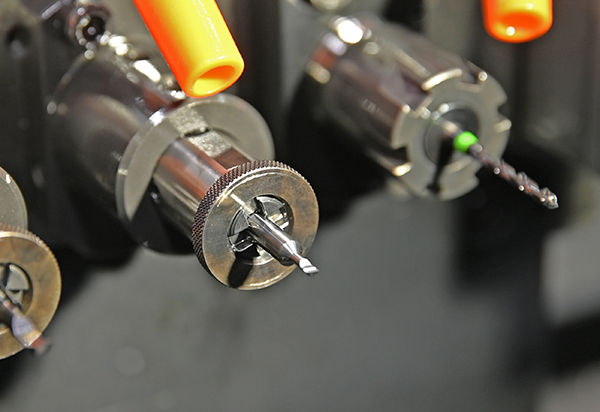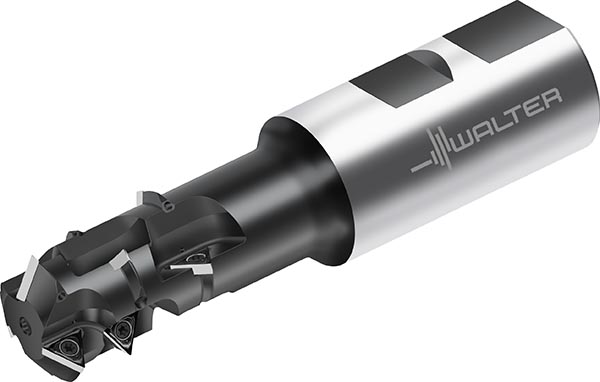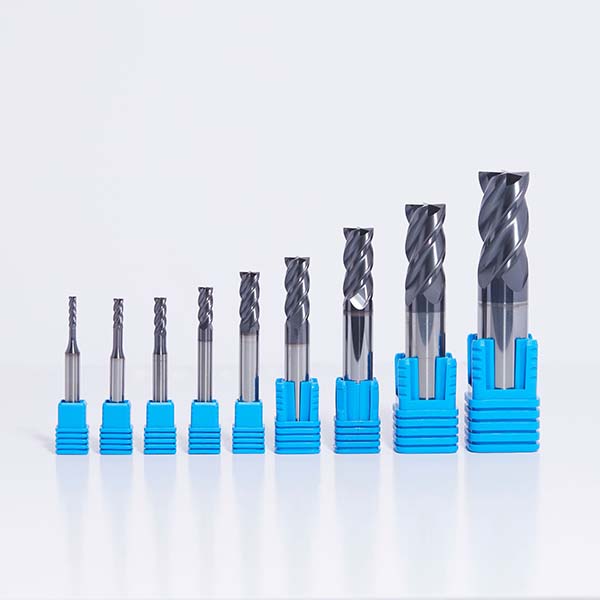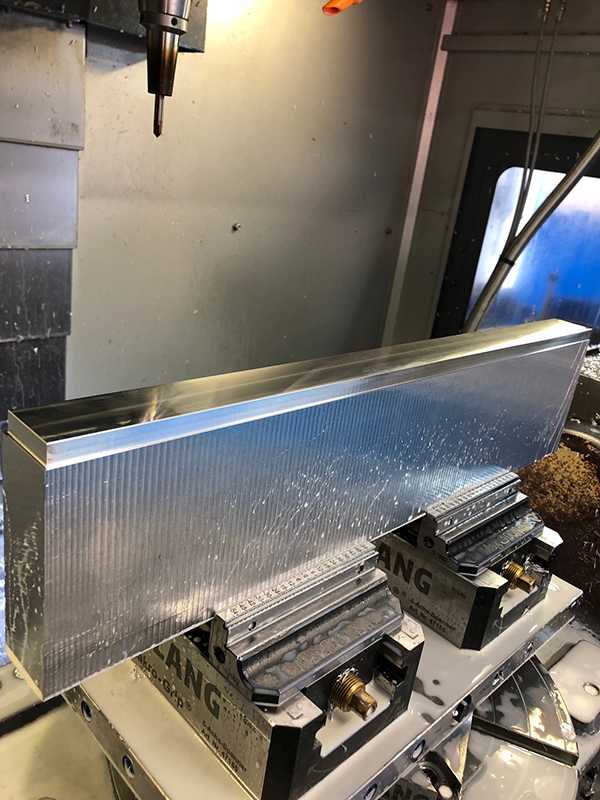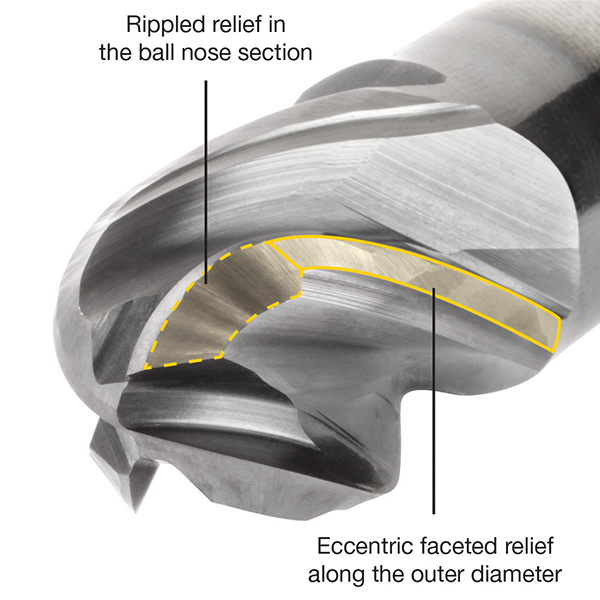
With the recent pandemic forcing more businesses to look at their costs, Floyd Automatic Tooling has given a UK launch to the MicroTurn eLine of boring tools from Ifanger. The MicroTurn eLine MTEE is an optimised universal boring tool that is 25% less expensive than Ifanger’s existing MTEC or MTEN tools.
Available as a right-handed boring tool in seven variants, the universal inserts are suitable for small-bore machining starting from 1.80 mm diameter. With the new eLine MTEE, the series incorporates a positive-cut 8° rake angle and a short neck length for rigidity and stability.
From a dimensional perspective, the MTEE line is available with a 4 or 6 mm diameter shank, and an overall length of 31 or 43 mm. Neck lengths range from 5 to 19.5 mm, while corner radii extend from 0.05 to 0.15 mm. MTEE-series inserts are currently available uncoated, which retains edge sharpness and precision when machining certain materials, and with a TiALN coating.
Complementing the MTEE line is the classic series of Ifanger boring inserts that incorporates the MTEC, MTEN, MTKE and MTKH boring and copying tools. For profiling applications, Ifanger has a diverse range of geometries and coatings to support manufacturers with all their threading, grooving, chamfering and axial plunging requirements.
Although the new MTEE line caters for the majority of small boring applications with the most commonly-used dimension ranges initially available, Floyd Automatic Tooling and Ifanger can customise this extensive range upon demand.
For further information
www.floydautomatic.co.uk






